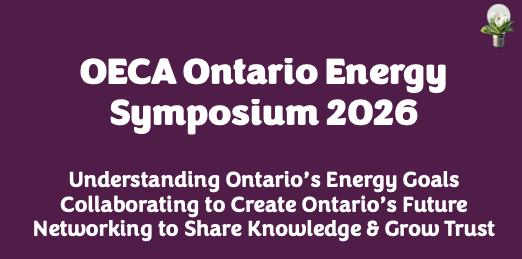Collaboration between non-regulated SME energy businesses and local distribution companies (LDCs) can bring about innovative solutions, enhanced efficiency, and improved customer service.
Here are some suggestions for collaboration:
Open Communication Channels
Regular Meetings: Establish regular meetings to discuss ongoing projects, challenges, and opportunities for collaboration.
Stakeholder Forums: Create forums where all stakeholders, including LDCs, non-regulated businesses, customers, and regulators, can share insights and feedback.
Data Sharing and Integration
Shared Platforms: Develop shared data platforms that enable real-time information exchange, enhancing grid management and customer service.
Transparency in Data: Ensure transparency in data sharing to build trust and improve operational efficiency.
Customer-Centric Initiatives
Integrated Service Offerings: Develop integrated service offerings that combine the strengths of both LDCs and non-regulated businesses, such as bundled energy efficiency programs or combined billing services.
Customer Education: Collaborate on customer education programs to promote energy efficiency, renewable energy options, and demand response initiatives.
Innovation and Technology Development
R&D Collaboration: Jointly invest in research and development of new technologies that can benefit both parties, such as advanced metering infrastructure or energy management systems.
Pilot Programs: Launch pilot programs to test new technologies and business models in a controlled environment before wider deployment.
Community Engagement
Joint Community Projects: Engage in community projects that demonstrate the benefits of collaboration, such as community solar programs or local energy resilience initiatives.
Public Workshops: Host public workshops and informational sessions to keep the community informed about collaborative efforts and their benefits.
Regulatory Engagement
Unified Advocacy: Work together to advocate for regulatory changes that benefit both regulated and unregulated sectors, such as incentives for renewable energy projects or streamlined interconnection processes.
Joint Submissions: Submit joint proposals to regulatory bodies to confirm a unified approach to policy changes and new initiatives.
Shared Training Programs
Cross-Training: Implement cross-training programs where employees from both LDCs and non-regulated businesses can learn from each other’s expertise.
Workshops and Seminars: Organize joint workshops and seminars on industry trends, regulatory changes, and new technologies.
Sustainability Goals Alignment
Common Sustainability Objectives: Align sustainability goals and collaborate on achieving them, such as reducing carbon emissions or increasing the share of renewable energy in the mix.
Shared Metrics: Develop shared metrics to measure progress towards sustainability goals, ensuring accountability and transparency.
Conflict Resolution Mechanisms
Mediation and Arbitration: Establish mediation and arbitration processes to resolve disputes quickly and amicably.
Clear Agreements: Develop clear contractual agreements that outline the roles, responsibilities, and expectations of each party.
Joint Ventures and Partnerships
Project-Based Partnerships: Collaborate on specific projects, such as renewable energy installations, smart grid technology, or energy storage solutions.
Co-Investment Opportunities: Explore co-investment in new technologies and infrastructure to share risks and benefits.
By adopting these strategies, LDCs and non-regulated energy businesses can foster a collaborative environment that leverages their respective strengths, ultimately leading to a more efficient, innovative, and customer-focused energy sector.


